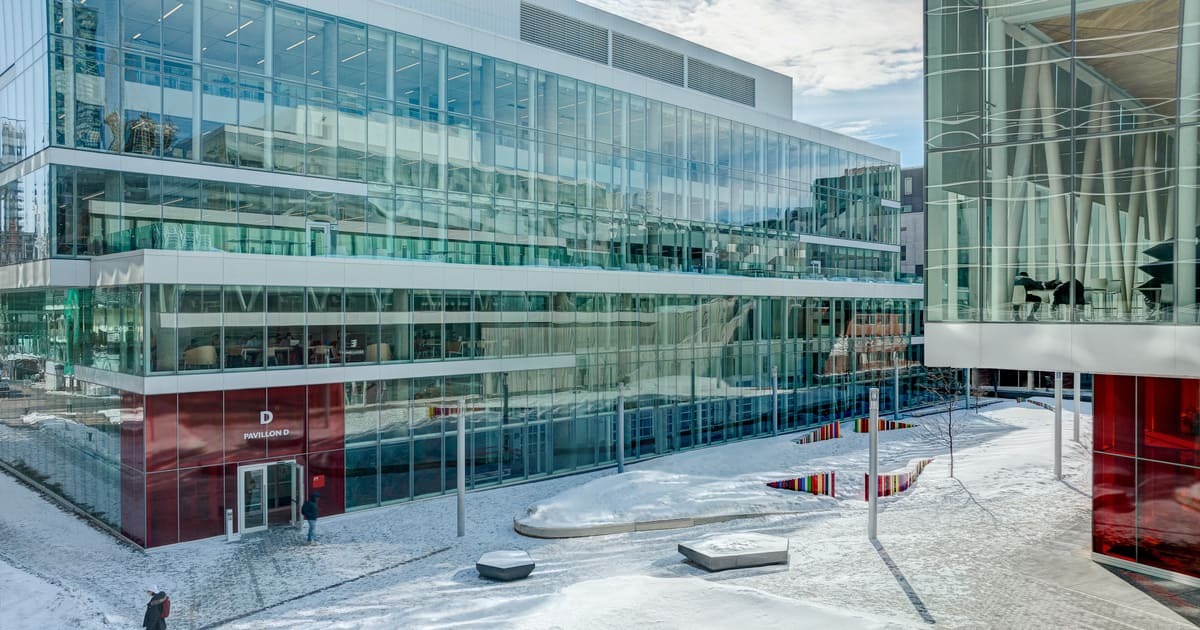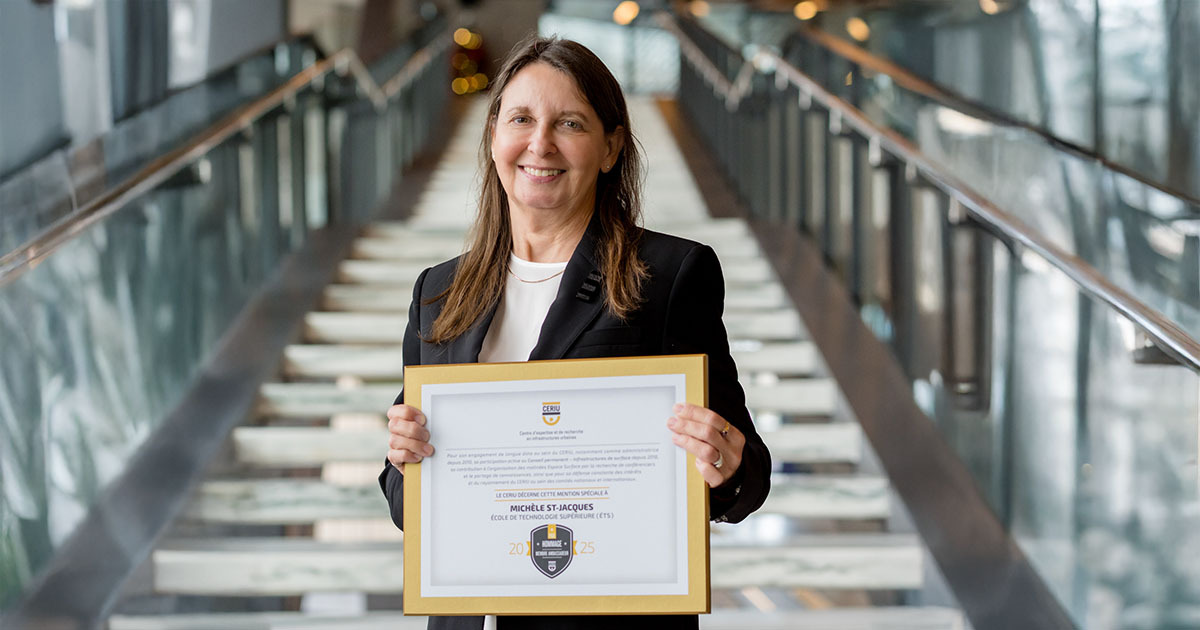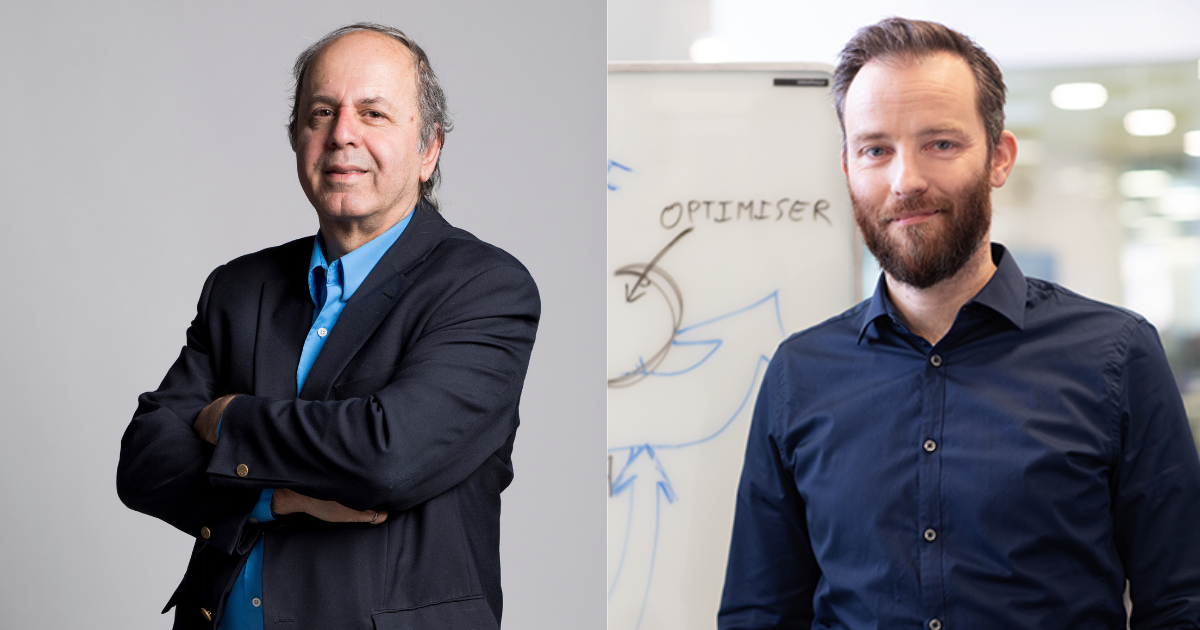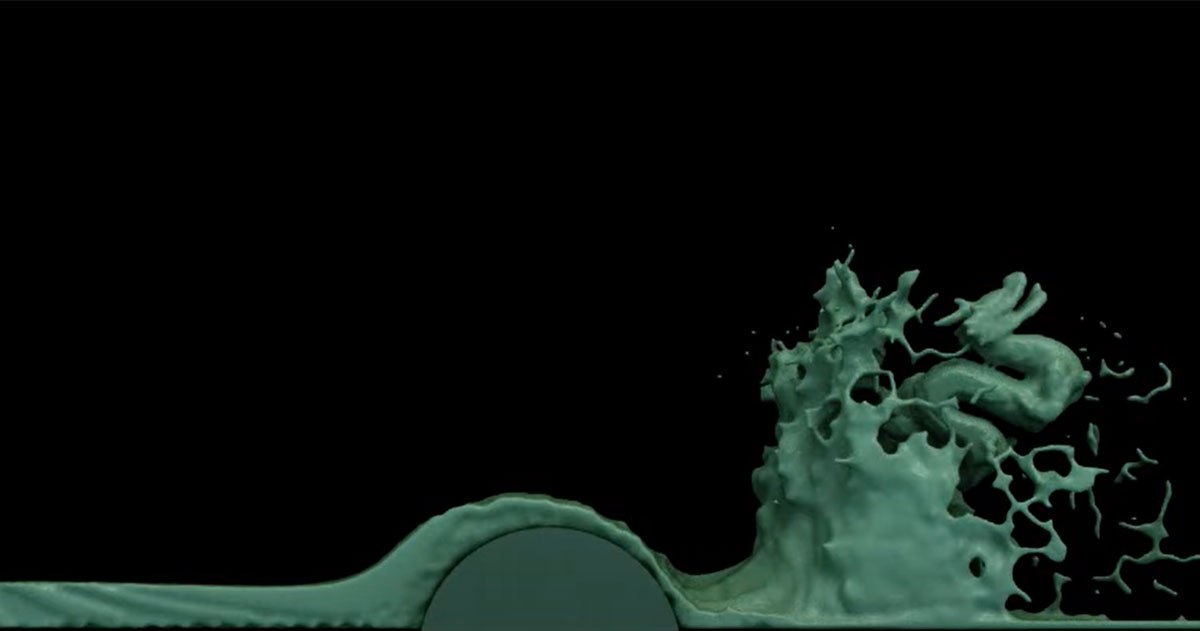
Imagine being able to reproduce a human face in 3D from a single photo, generating a realistic animated avatar without the need for expensive equipment, or animating digital clothing on any avatar. Combining 3D computer graphics, artificial intelligence and creativity, Professor Eric Paquette designs tools that transform the way digital artists create virtual worlds.
His work, firmly rooted in applied research, serves the video game, film, advertising, and visual effects industries. His collaborations with giants such as Ubisoft and Autodesk demonstrate the practical benefits of his innovations. His goal is to enable artists to produce high-quality content more quickly and easily.
A Helping Hand for Digital Artists
Whether modelling faces, hair or clothing, Eric Paquette and his research team develop intelligent solutions that reduce production time and increase creative flexibility. For example, in partnership with Ubisoft, they designed a system that uses a deep neural network to edit digitized faces. The idea was to understand the face mathematically in order to modify its parts (nose, eyes, jaw) without altering the whole. The result is the development of intuitive tools that generate an infinite number of realistic characters with just a few clicks.
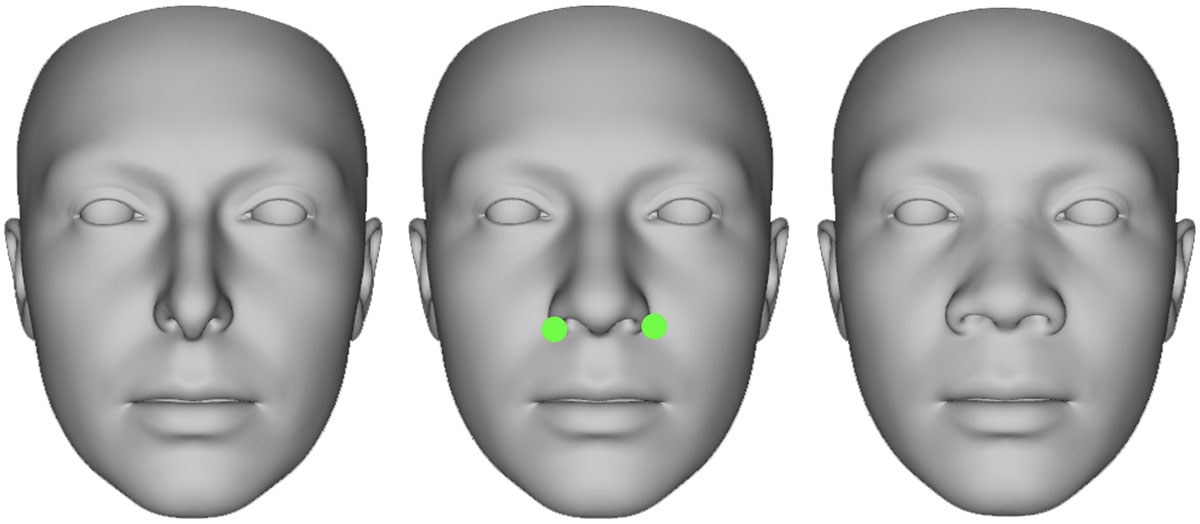
For hairstyles, his research has made it possible to reconstruct braids from a simple photo, a challenge rarely addressed in scientific literature. Using artificial intelligence, his team created a controllable parametric model (length, thickness, number of strands) that can be adapted as needed. For artists who prefer to sculpt their creations with software like ZBrush, he developed a system that automatically transforms 3D hair sculptures into usable hairstyles, speeding up a typically tedious process.
Dubbing Without Betraying the Face
Among his projects is an audio-video dubbing technology for advertising. The principle involves synchronizing a person’s lip movements with the voice of an actor speaking another language, without altering the familiarity of the original face. This tool, based on generative AI, preserves a person’s visual identity while adapting their speech to different markets. This presents both a technical and aesthetic challenge: it is not enough for the end result to be credible; the person must remain true to themselves.
Avatars With a Single Click
Another notable innovation is the reconstruction of animated avatars from a single image. While creating hyper realistic avatars usually requires a studio full of cameras and lighting equipment, the method developed by Professor Paquette democratizes the process. By extracting both morphology and texture from a simple portrait, the system produces an avatar ready for animation, paving the way for new applications in virtual reality, augmented reality, and video games.
Mastering Fluids
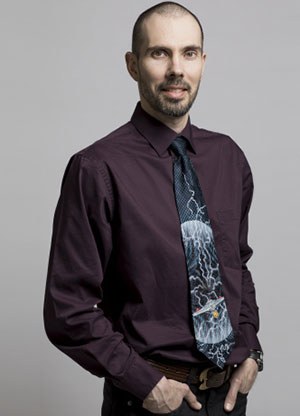
Far from stopping at human faces, the researcher is also tackling natural elements such as fluids. To lighten the computational load of liquid simulations—highly resource-intensive—he trained neural networks to quickly generate a low-resolution version, which then guides the automatic addition of details. In another project, he reversed the simulation logic. To give a jet of water the shape of a dragon or a moving face, he simulated the flow… in reverse.
A Common Denominator: Intelligence Serving Imaging
At the heart of each project is the same concern: reducing technical constraints to unleash creativity. Whether texturing molten lava, generating stunning special effects or animating clothing without starting from scratch every time the body shape changes, Eric Paquette designs intelligent, robust tools adapted to the realities of the field.
In a world where pixels move, dress, talk, and react like humans, his research reminds us that it takes much more than an algorithm to bring the illusion to life. It takes a strong link between science, technology, and art.

